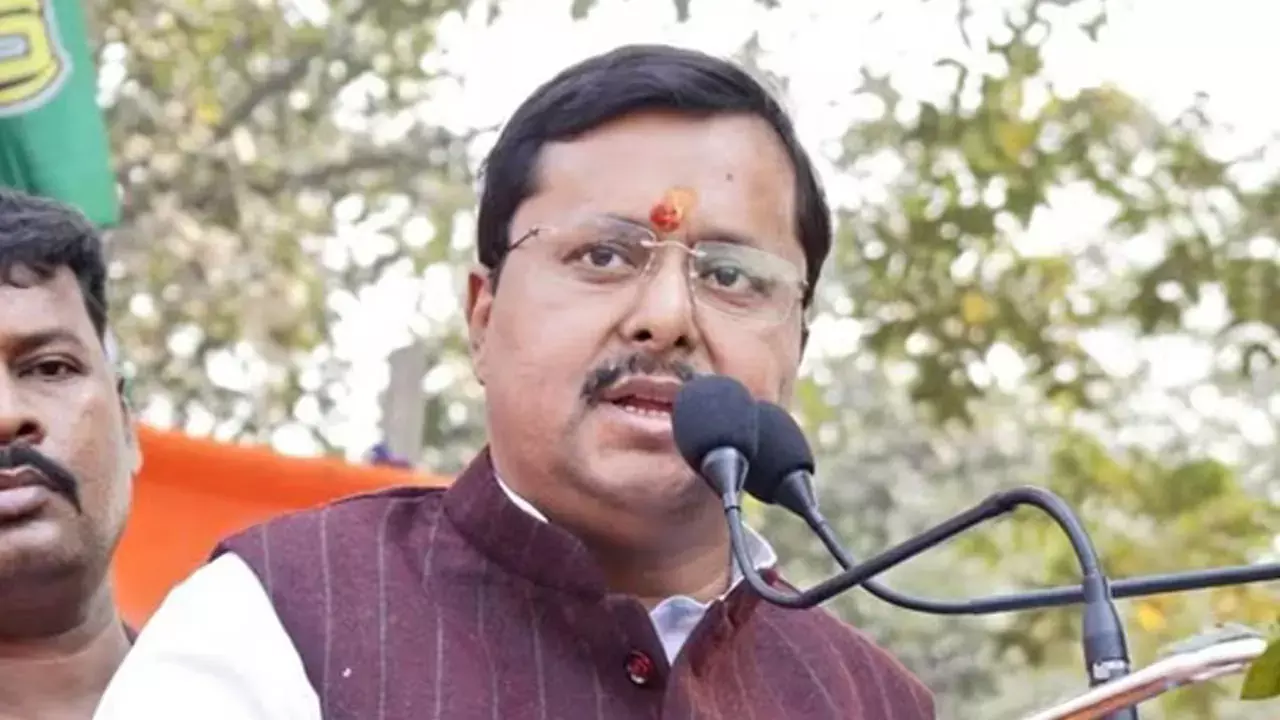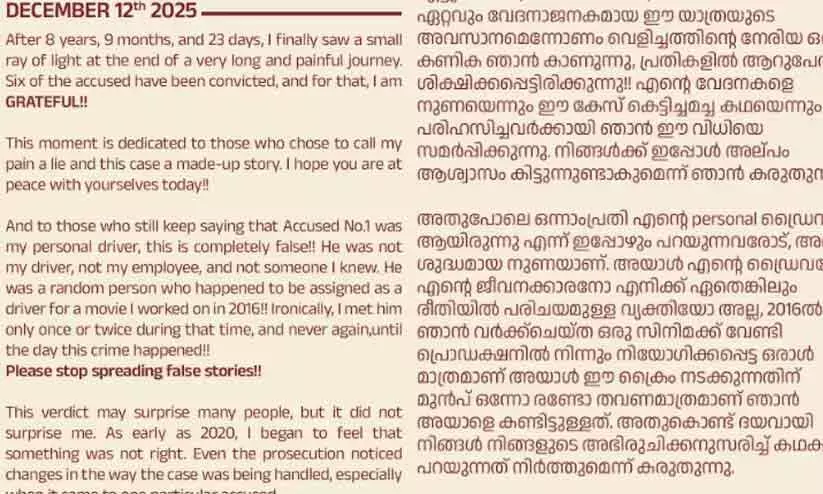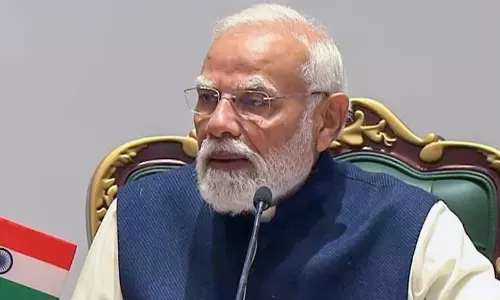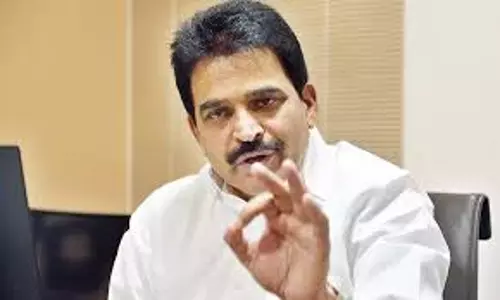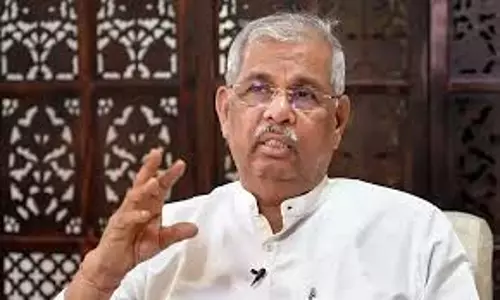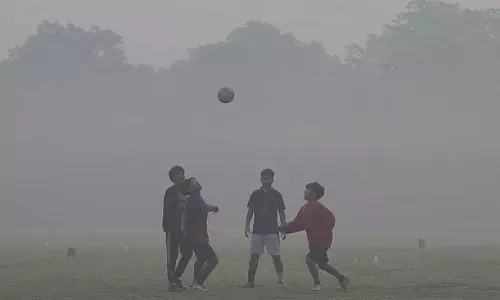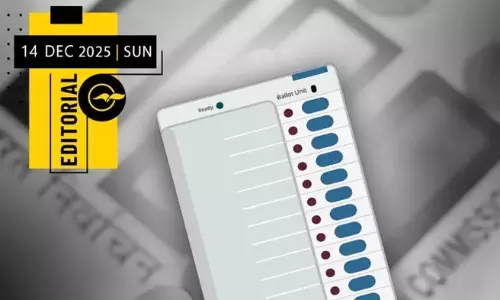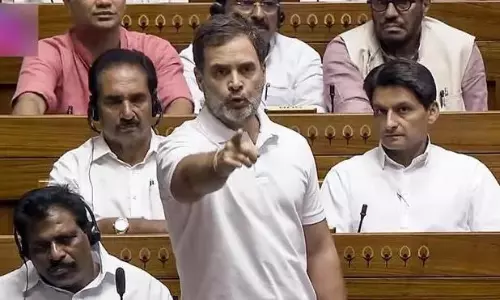
International space agencies to help track Vikram lander at the difficult hours
text_fieldsNew Delhi: The whole nation is now walking on pins and needles as hours are inching close to the big moment.
Chandrayaan-3 will descend on the moon at the appointed hour, said ISRO today clearing all misgivings.
It seems the major international space agencies are also keen to see India pulling off the feat.
The US’ National Aeronautics and Space Administration (NASA) and the European Space Agency (ESA) will help ISRO with tracking support, according to NDTV.
Help from these two eminent agencies will be handy at the difficult hours of Vikram lander touching down on the moon.
The descending will take place some 3.84 lakh kilometres from the earth.
Vikram lander, Chandrayaan 3 propulsion module and Chandrayaan 2 orbiter are currently in the moon's orbit.
The antennas on the earth will be tracking the lander’s gradual touching down just as the earth and the moon are rotating on their axes around the sun.
Chandrayaan-3 is being tracked by India’s largest dish antenna of 32 metre from its base at Byalalu near Bengaluru.
At times the antenna cannot track the lander when it moves to a shadow region requiring help from space networks of NASA and ESA.
India will have to pay for these services depending on the number of antennas and duration involved in the process.
When the lander goes out of view of Indian antenna, the NASA or ESA steps in and relays the information of communication with the lander back to the team in Bengaluru.




